Perisomena caesigena
per-ih-soh-MEE-nuh mm
see-sih-GEE-nuh
(Kupido, 1825)
Saturnia
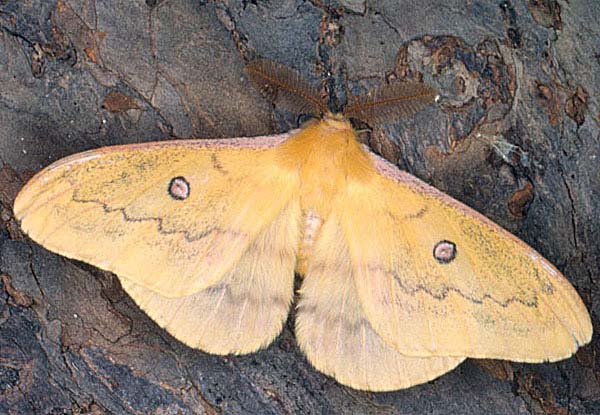

TAXONOMY:Superfamily: Bombycoidea, Latreille, 1802 |
"Moon River" |
Perisomena caecigena is celebrated on, what I believe is, a postage stamp from Bulgaria. | 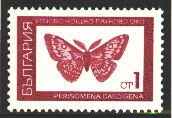 |
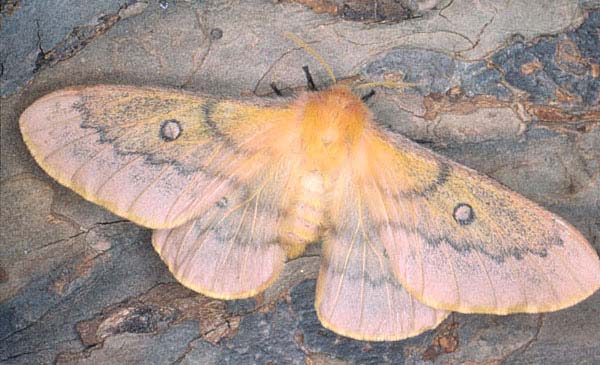
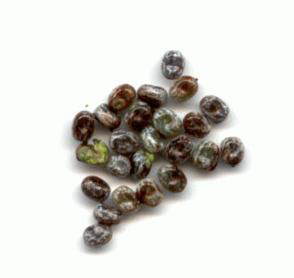 |
In late fall, females lay up to 100
rectangular, 2.5 x 2mm, glossy cream coloured eggs in batches of up to six on the twigs of
trees. |
The newly-hatched, 4.5mm long larvae consume part of their
eggshells and then wander off some distance to find suitable resting sites among the unfurling
spring oak leaves. | 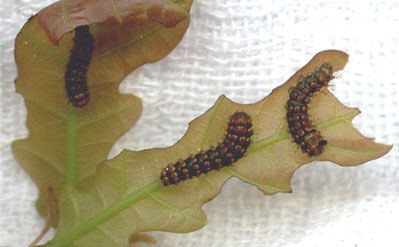
|
Growth is rapid, and larvae shed skins to move into the second instar
in roughly one week. Here larva is on Quercus robur. |
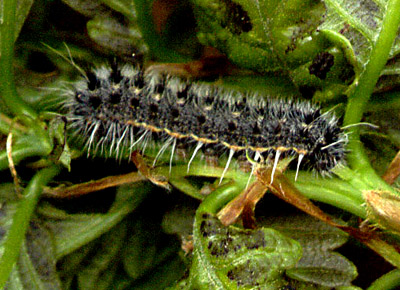 |
Colouration changes rather
dramatically in moving from second to third instar to the right. |
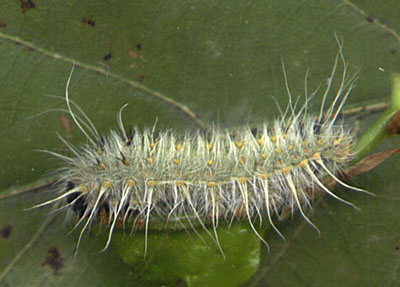 |
As they enter fourth instar and when fully grown, they are similar to the larvae of Saturnia pavonia, being pale green with six small yellowish tubercles per segment, a yellow subspiracular band on the abdominal segments, and long white hairs on the tubercles. | 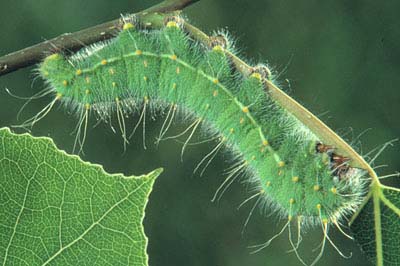 |
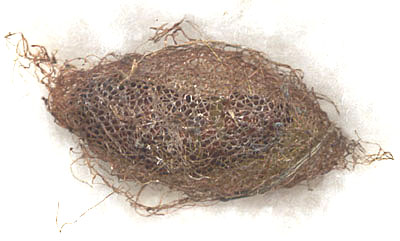 | The inner wall is of a fine mesh, with the outer being coarser. The pupa is clearly visible through both layers of the cocoon which is spun up among twigs and leaves. |
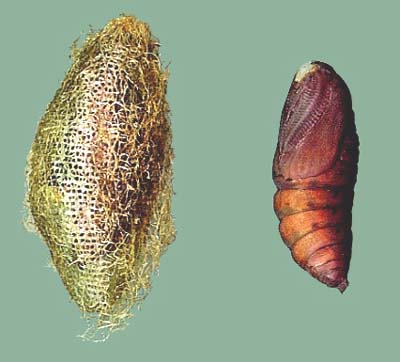 | The outline of the male antennae are clearly visible in this image courtesy of Tony Pittaway. |
Fraxinus | Ash |